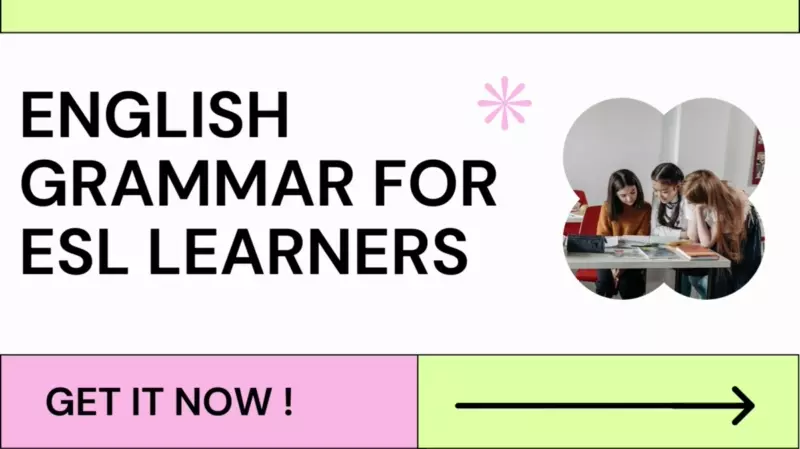Grammar Guide for ESL Learners
Mastering English: A Practical Grammar Guide for ESL Learners is a comprehensive and meticulously structured grammar guide specifically designed for English as a Second Language (ESL) learners. This book effectively demystifies the often complex world of English grammar, making it an engaging and manageable journey. From the basics of sentence structure to the intricacies of verb tenses and punctuation, this guide is your roadmap to mastering the English language. It goes beyond traditional grammar books by offering practical exercises and real-world examples that help reinforce your learning. Whether you’re an ESL student aiming for fluency, a teacher looking for a trusted grammar reference, or simply an individual hoping to improve your English language skills, this book serves as your unwavering companion on your path to English proficiency. Mastering English: A Practical Grammar Guide for ESL Learners invites you to dive into the fascinating world of English grammar with confidence and curiosity.
Introduction to English Grammar
English Grammar forms the fundamental cornerstone of language acquisition, offering the framework to construct meaningful sentences and express a diversity of thoughts and ideas. This introduction to English Grammar aims to provide a comfortable starting point for ESL learners. From understanding the function of different parts of speech such as nouns, verbs, and adjectives, to grasping the intricacies of sentence construction, punctuation, and tenses, this section seeks to demystify the complexities of English grammar. Emphasis is placed not just on theoretical learning, but also on practical application through a multitude of exercises, ensuring learners can apply the concepts learned in real-world communication scenarios.
Parts of Speech: Understanding Nouns, Verbs, Adjectives, and Adverbs

Nouns, verbs, adjectives, and adverbs form the fundamental components of English grammar, each with a distinct role in sentence construction. Nouns are the backbone of sentences, representing people, places, things, or ideas. Verbs denote actions or states of being, providing the dynamic element in sentences. Adjectives modify or describe nouns, adding detail and color to our language by specifying properties such as size, color, or number. Lastly, adverbs mainly modify verbs, adjectives, or other adverbs, providing additional information about how, when, where, or to what extent an action is performed. Understanding these parts of speech is essential for learners to create clear and meaningful sentences in English.
Sentence Structure: Building Simple and Complex Sentences

Sentence structure is a fundamental aspect of English grammar that involves the arrangement of words to form a complete sentence. Simple sentences, the most basic type, contain a single subject and predicate. They express a complete thought—for example, “The cat sleeps.” Conversely, complex sentences contain an independent clause and one or more dependent clauses. An example of a complex sentence is, “While the cat sleeps, the world continues to turn.” Understanding how to build simple and complex sentences enhances your ability to convey diverse ideas and complex thoughts. The art of varying sentence structure in your writing helps avoid monotony and keeps the reader engaged. As you explore this concept further, you’ll encounter practical exercises designed to reinforce your understanding and application of different sentence structures.
The Use of Tenses: Exploring Past, Present, and Future
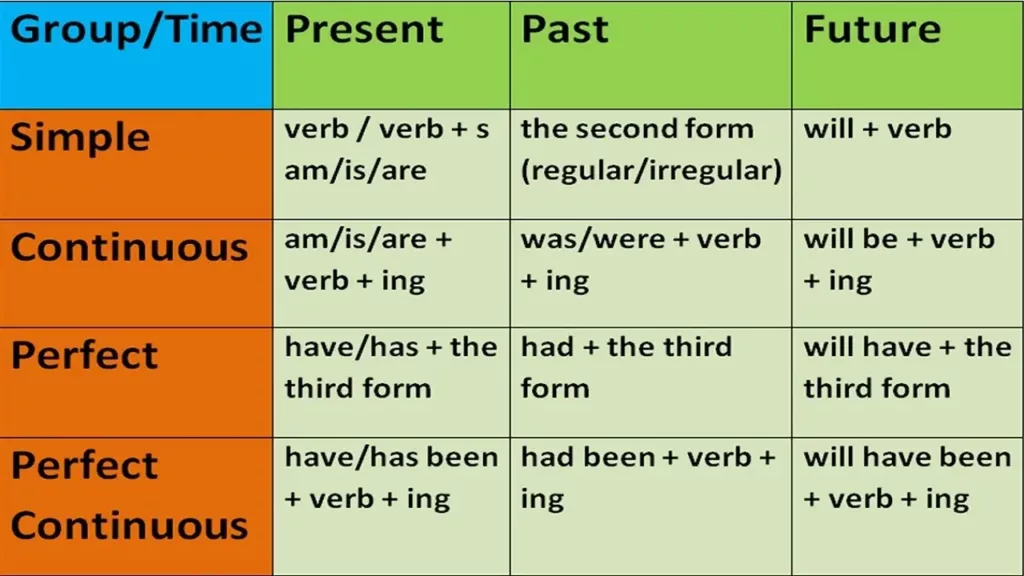
The use of tenses in English grammar is a crucial aspect that aids in indicating when an action happens. Exploring past, present, and future tenses empowers learners to accurately convey time-bound nuances in their communication. Past tense denotes actions or states of being that occurred in the past, as in “I ran yesterday.” Present tense signifies either ongoing actions or general truths, as in “I run every morning” or “The sun rises in the east.” Future tense, meanwhile, illustrates actions that are yet to occur, as in “I will run tomorrow.” Grasping these tenses and their various forms allows learners to express a broad spectrum of events accurately, from narrating past occurrences to predicting future happenings. This section delves into the depths of these tenses, offering practical exercises to reinforce understanding and facilitate their proper usage in everyday communication.
Mastering Punctuation: From Commas to Colons
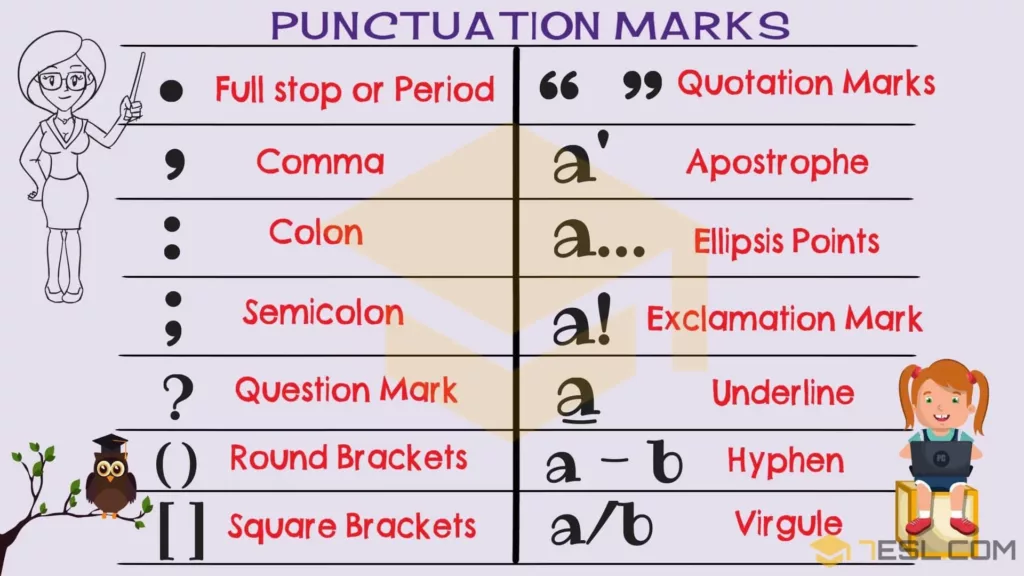
Punctuation marks are the traffic signals of language; they guide us through the written word, ensuring clarity of meaning and smooth flow of thoughts. Mastering punctuation, from commas to colons, is an essential skill for any ESL learner. Commas, arguably the most frequently used punctuation mark, are used to separate items in a list, set off introductory elements, and join independent clauses, among other uses. Misplacing or omitting a comma can significantly alter the meaning of a sentence, leading to potential misunderstandings. On the other hand, colons are used to introduce a list, a quote, or an explanation. They signal to the reader that what follows is directly related to the preceding clause. Understanding the proper usage of these punctuation marks—and others like semicolons, periods, question marks, and exclamation points—improves the readability of your writing and enhances your ability to effectively communicate complex ideas. This section will delve into the specifics of each punctuation mark, providing detailed explanations and practical exercises to reinforce the rules and usage of punctuation in English.
The Article System: Understanding Definite and Indefinite Articles

The article system in English, comprising definite and indefinite articles, is a fundamental component of grammar that aids in conveying precise meaning. The definite article “the” refers to a specific entity that is already known to the speaker and the listener. It’s used when referring to something unique or something that has already been mentioned in the conversation. On the other hand, indefinite articles “a” and “an” refer to entities that are not specific or not yet known to the speaker and the listener. These are typically used when introducing a new subject to the conversation. Grasping the use of these articles is crucial for English learners, as they feature prominently in everyday language. This section will provide a comprehensive overview of these articles, including their correct usage and common mistakes to avoid, supplemented with practical exercises for reinforcement.
The Role of Prepositions: Linking Words and Phrases
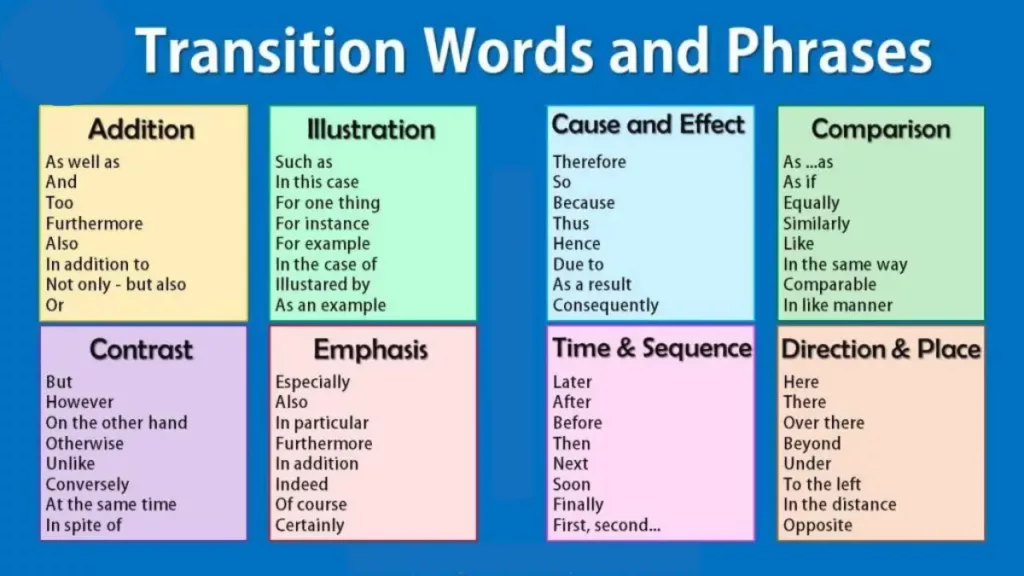
Prepositions play a pivotal role in English grammar, acting as linking words that connect different parts of a sentence. They provide context by indicating relationships in time, location, direction, and more. For example, prepositions can specify when an event occurs (at noon), where an object is located (in the box), the direction of movement (towards the park), or the means of accomplishing something (by bus). Mastering the use of prepositions is crucial for learners, as they contribute significantly to the clarity and coherence of our communication. This section provides a detailed exploration of the various types of prepositions, their correct usage, and common pitfalls to avoid, with practical exercises included for reinforcement and application.
The Passive Voice: Construction and Usage

The passive voice is a grammatical construction where the object of an action becomes the subject of the sentence. It differs from the active voice, which is structured with the subject performing the action. For example, in the active sentence “The cat chased the mouse,” the cat (subject) performs the action. However, in the passive version “The mouse was chased by the cat,” the mouse (object) becomes the focus. The passive voice is frequently used in scientific and formal writing to emphasize the action rather than the actor, or when the actor is unknown or irrelevant. Understanding how to construct and use the passive voice effectively is a key skill for English learners, allowing for more flexibility and variety in expression. In this section, we will delve into the structure and usage of the passive voice, highlighting its importance and providing practical exercises for mastery.
Gerunds and Infinitives: Their Functions and Differences
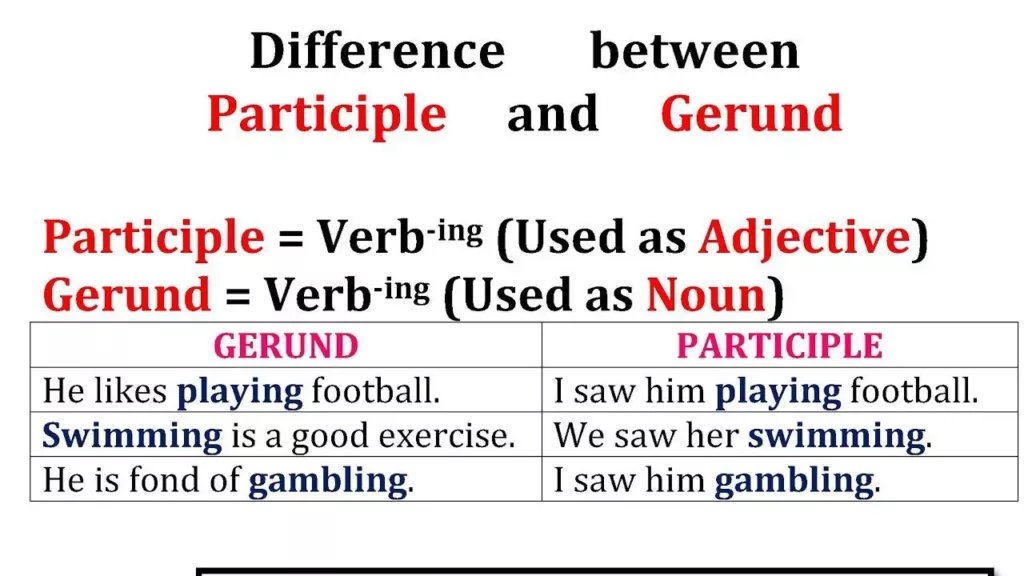
Gerunds and infinitives are two grammatical structures that, while similar in some respects, serve distinct functions and can radically alter the meaning of a sentence when interchanged. Gerunds, verb forms ending in ‘-ing’ that act as nouns, can play various roles in a sentence, including subject, direct object, or object of a preposition. For instance, in the sentence “Swimming is fun,” ‘swimming’ is a gerund acting as the subject. On the other hand, infinitives are the base form of a verb typically preceded by ‘to’ and can act as a noun, adjective, or adverb. An example is the sentence “I like to swim,” where ‘to swim’ is an infinitive acting as the direct object. Understanding the functions and differences between gerunds and infinitives is essential for English learners, as the choice between these two structures depends on the context and the specific verb used in the sentence. This section will delve into the nuances of using gerunds and infinitives, highlighting their differences and providing practical exercises for reinforcement.
Conditionals: The If Clauses

Conditionals, often referred to as ‘if clauses’, are a fundamental component of English grammar that enable us to talk about different possibilities, varying from probable events to hypothetical situations. Essentially, they are sentences with two parts: the ‘if clause’ and the ‘main clause’. The former sets the condition, while the latter expresses the result of that condition. There are primarily four types of conditionals in English: the zero conditional (facts or general truths), the first conditional (real and likely situations in the future), the second conditional (unreal or unlikely situations in the present or future) and the third conditional (unreal situations in the past). For instance, the sentence “If it rains, I will stay at home” is a first conditional sentence discussing a real possibility in the future. Understanding and correctly using conditionals is crucial for English learners, as they allow complex ideas to be expressed with clarity. This section will explore each type of conditional in detail, providing examples and exercises to reinforce understanding and application.
Direct and Indirect Speech: Rules and Differences

Direct and Indirect Speech are two different ways of reporting spoken language. Direct Speech refers to the exact words someone has said, often enclosed in quotation marks, such as “I love pizza,” said John. Conversely, Indirect Speech (or reported speech) conveys the same information without quoting the speaker verbatim, maintaining the essence but changing the tense and pronouns to fit the context. For instance, the direct speech example can be reported as John said that he loved pizza. Understanding the rules and differences between Direct and Indirect Speech is fundamental for English learners. It not only enhances their narrative skills but also helps them to follow conversations and written texts more effectively. This section will explore the intricacies of Direct and Indirect Speech, providing guidelines, examples, and exercises to instill this vital aspect of English grammar.
The Subjunctive Mood: Uses and Forms

The Subjunctive Mood pertains to a verb form in English that expresses various states of unreality such as doubt, possibility, necessity, or action that hasn’t occurred yet. Unlike the Indicative Mood that is used to express factual information, the Subjunctive Mood is used for situations that are hypothetical or not yet realized. It is commonly used after certain verbs indicating that a hypothetical condition is being expressed, with verbs of recommendation or demand, or with verbs of proposal or suggestion. Its forms can sometimes be challenging to recognize because they often look identical to other verb forms. For instance, in the sentence “If I were you, I would reconsider,” ‘were’ is a form of the subjunctive mood. Recognizing and understanding how to use the Subjunctive Mood effectively is a significant aspect of mastering English grammar. This section will delve into the various uses and forms of the Subjunctive Mood, offering examples and exercises for practice and reinforcement.
Advanced English Grammar Challenges: Idiomatic Expressions and Phrasal Verbs
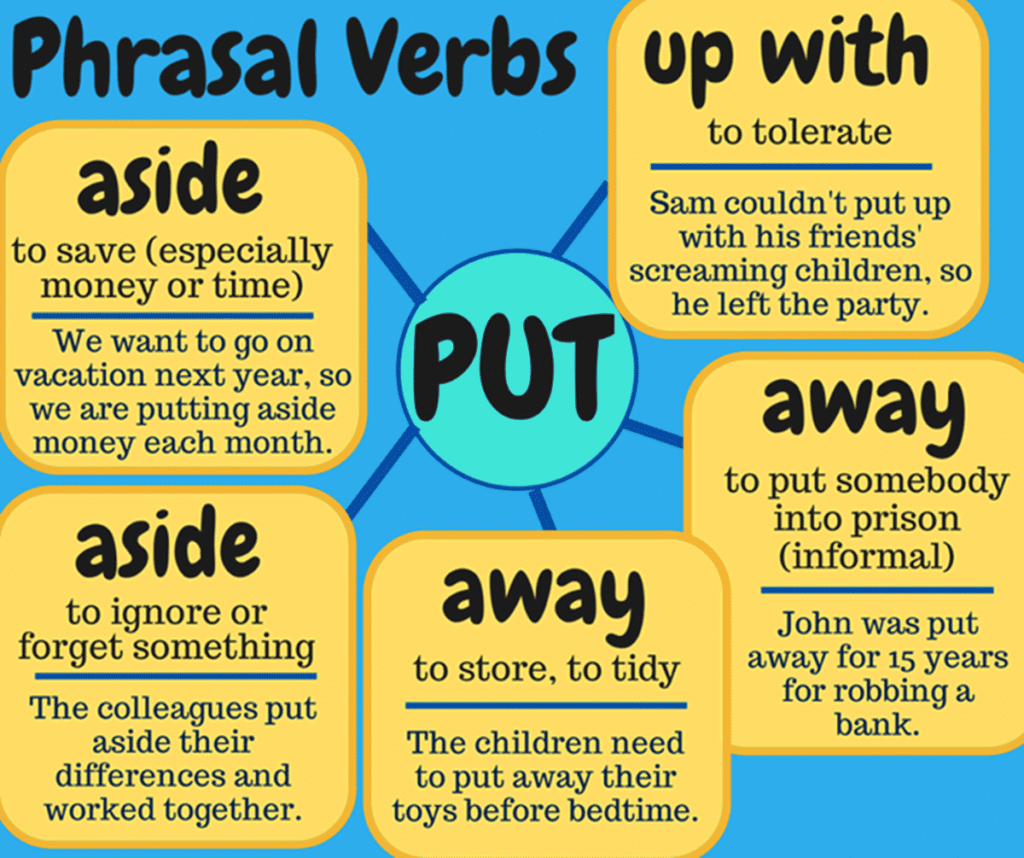
Idiomatic expressions and phrasal verbs represent some of the most challenging aspects of mastering English. Idiomatic expressions are phrases that have a meaning different from the literal interpretation of their individual words. An example is “breaking the ice,” which means to make people feel more comfortable in a social situation, not literally breaking ice. Similarly, phrasal verbs consist of a verb and one or more particles (a preposition or adverb), where the entire phrase has a meaning different from the individual words. For instance, “give up” means to surrender or quit, not to give something upwards. The complexity lies in the fact that these are not rules you can memorize; their meanings must be learned as a whole. This section will delve into idiomatic expressions and phrasal verbs, providing examples and exercises that will aid English learners in understanding and using these unique aspects of the language effectively.
Practice and Review: Comprehensive Grammar Exercises and Tests
After going through the various facets of English grammar, it’s essential to consolidate your learning through comprehensive practice and review. This section offers a series of thoughtfully curated grammar exercises and tests designed to solidify your understanding of the concepts explained in the previous sections. You will find exercises related to all the significant aspects of English grammar, including gerunds and infinitives, conditionals, direct and indirect speech, the subjunctive mood, idiomatic expressions, and phrasal verbs. In addition to reinforcing what you’ve learned, these exercises will help identify areas that may need further study. Remember, consistent practice is key to mastering English grammar.
As we wrap up this journey through the intricacies of English grammar, remember: the English language is a bit like a guest who overstays their welcome – just when you think you’ve seen the last of them, they pop up again with a new surprise! But fear not, with the tools and knowledge you’ve gained, you’re more than equipped to handle any linguistic curveballs it throws your way. So, go forth, practice relentlessly, and soon you’ll find that English grammar is less of an uninvited guest and more of a friend who’s just a little peculiar!

